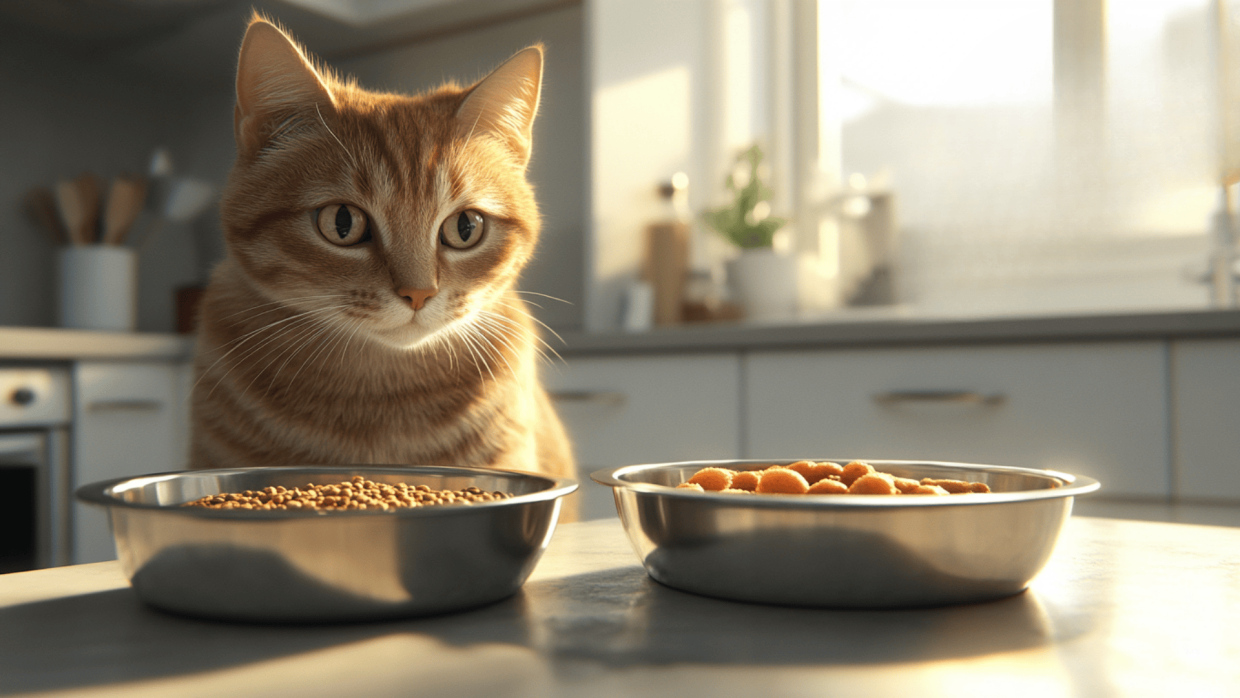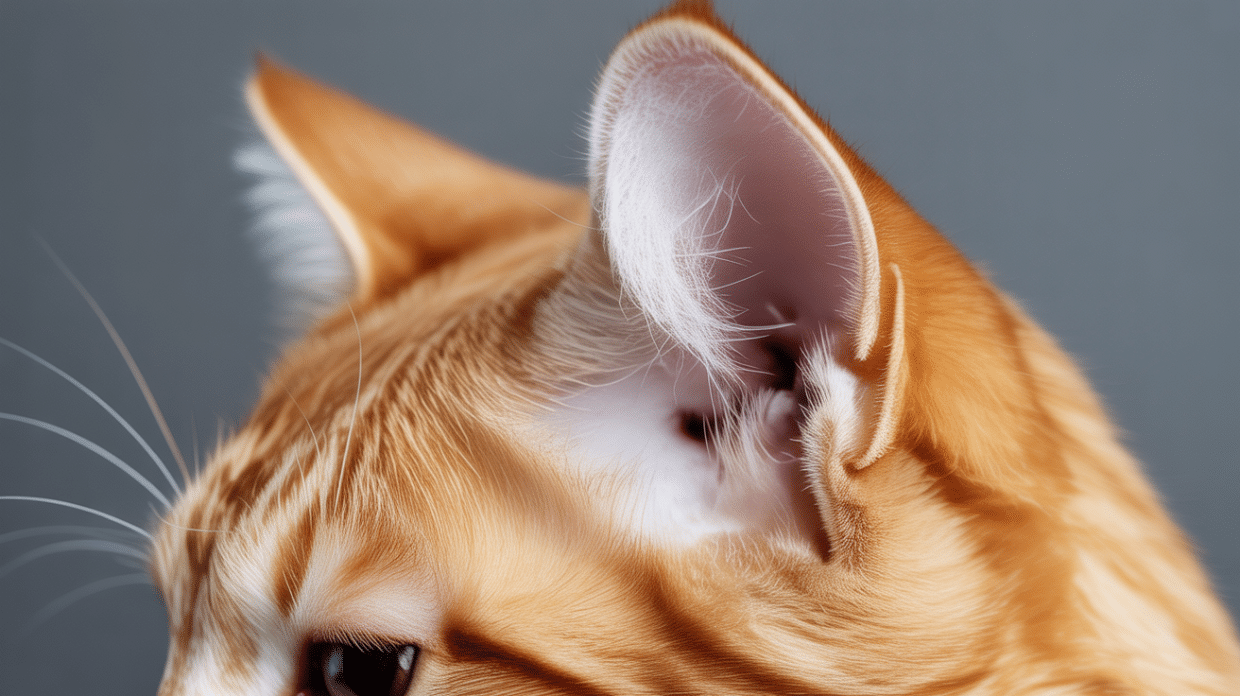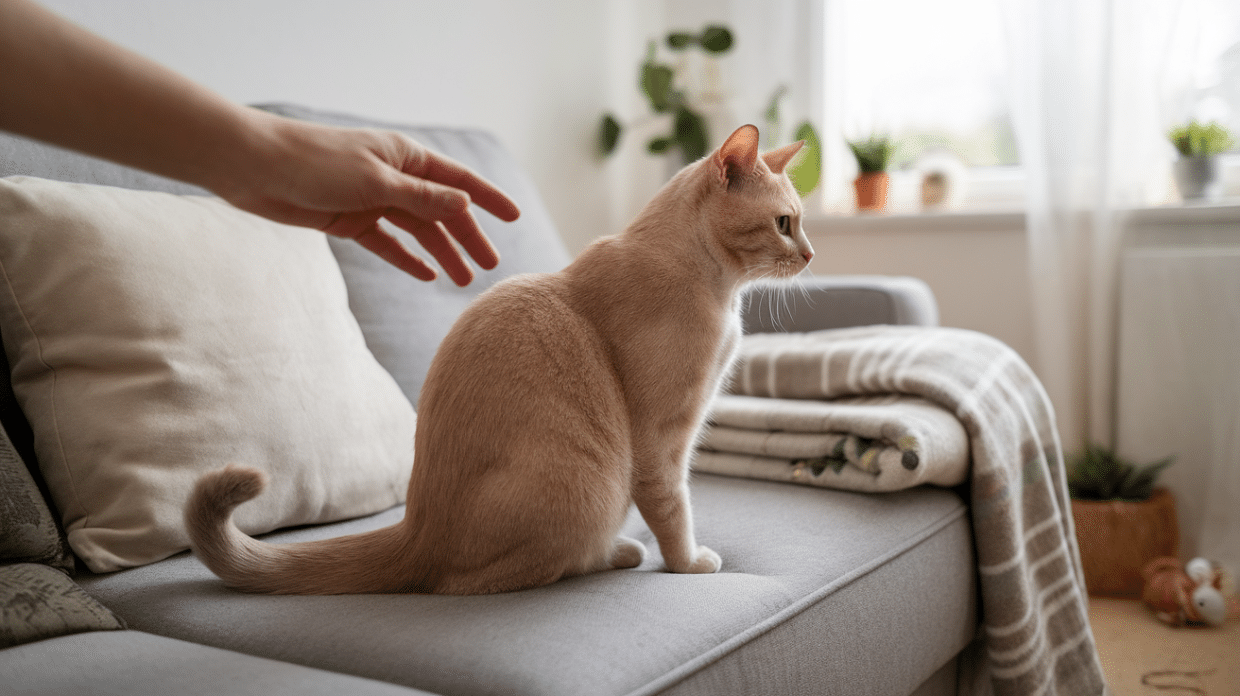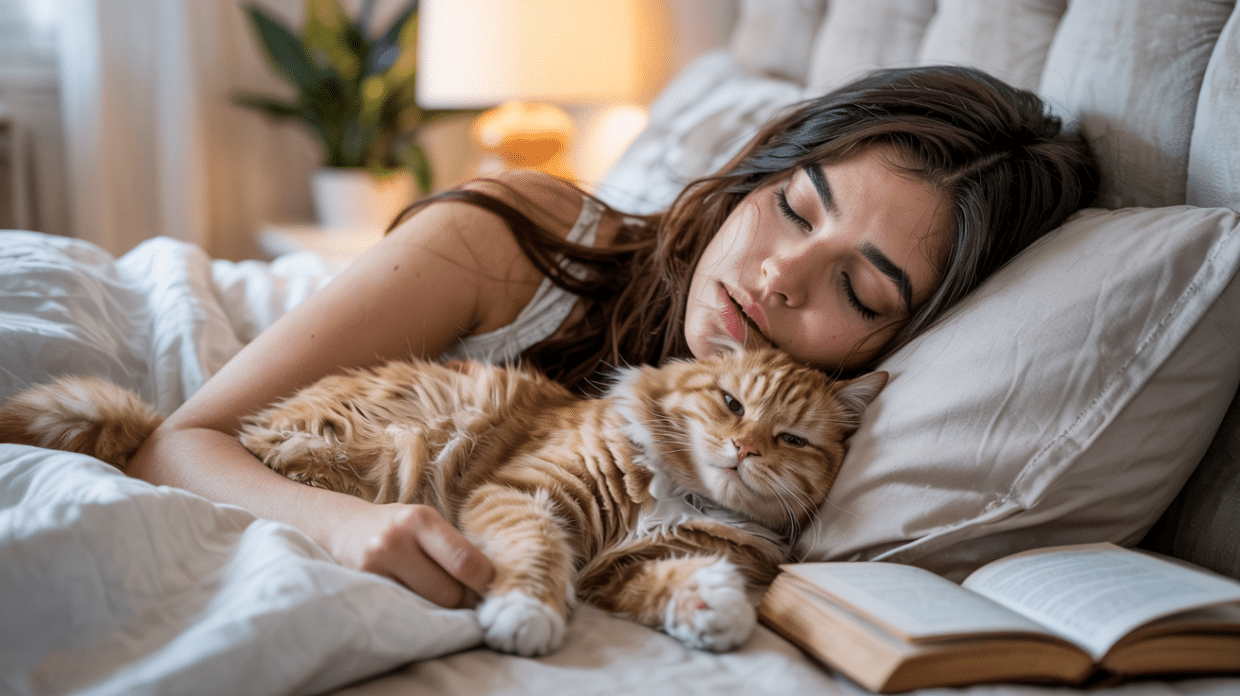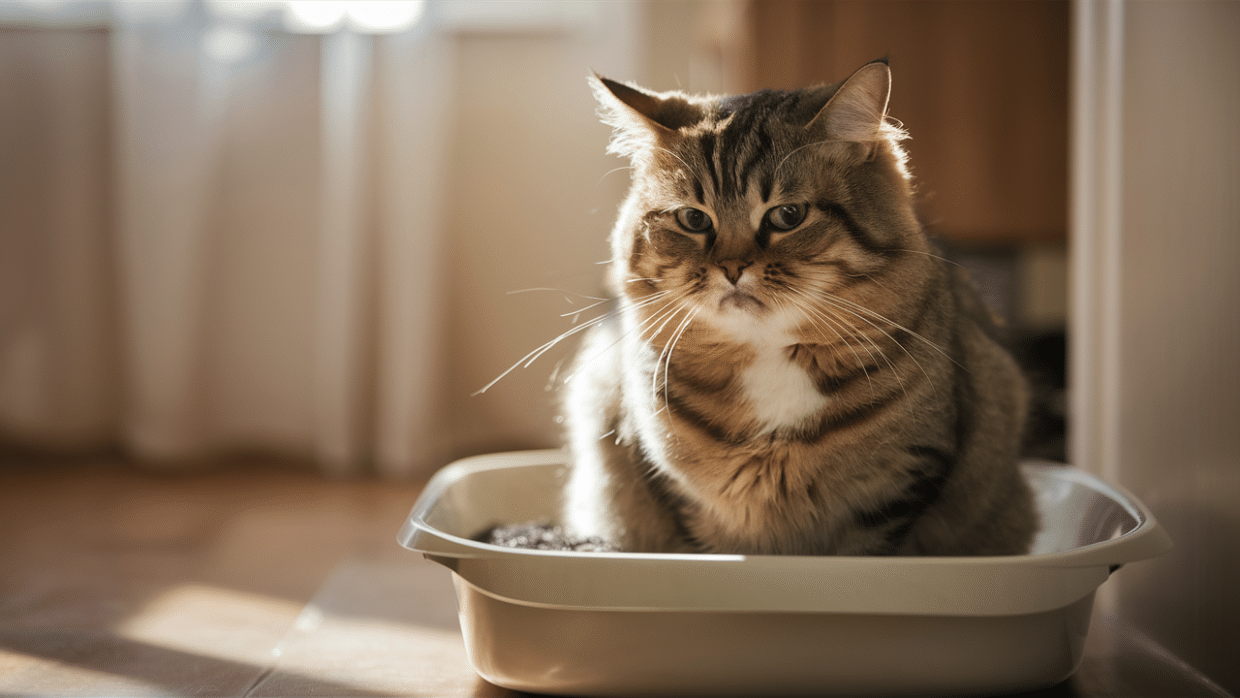Is your cat dealing with kidney disease, and you’re not sure if their food is making things worse?
It’s tough watching them struggle, especially when you’re trying to do everything right. Choosing the wrong food can quietly add more stress to their kidneys without you even realizing it.
This blog breaks down the worst cat food for kidney disease, showing you exactly what ingredients and brands to avoid.
We’ll explain why some foods are harmful, how to read labels, and what better options are out there. By the end, you’ll feel more confident about what to feed your cat and what to skip.
One ingredient on our list might surprise you. Ready to find out which ones to cut from your cat’s bowl?
Why Diet Matters for Cats with Kidney Disease
Your cat’s kidneys help remove waste from the blood and balance fluids and minerals in the body. When the kidneys aren’t working right, harmful waste builds up and makes your cat feel sick.
Diet plays a big role in easing the strain on the kidneys. The wrong food, like one high in phosphorus or sodium, can make the damage worse, faster.
Feeding the right kind of food helps slow down the disease, manage symptoms, and keep your cat feeling better for longer.
Ingredients to Avoid in Cat Food
When your cat has kidney disease, certain ingredients can do more harm than good. Here’s what to watch out for and why it matters.
1. High Phosphorus
Too much phosphorus can build up in the blood when the kidneys aren’t working well. This can lead to weak bones, tiredness, and even faster kidney damage.
Look for foods labeled “low phosphorus” or “renal support.” As a general guide, try to stay below 0.5% phosphorus on a dry matter basis or under 100 mg per 100 kcal.
2. High Sodium
Sodium might seem harmless, but it can raise your cat’s blood pressure. High blood pressure puts more strain on already weak kidneys and can lead to other problems, like heart issues.
Stick to foods labeled low in sodium and avoid salty treats or table scraps.
3. Poor-Quality or Excessive Protein
Cats need protein, but with kidney disease, the type and amount matter. Low-quality protein creates more waste, which the kidneys must filter out.
Choose foods with high-quality protein sources like real chicken or turkey. Avoid vague labels like “meat by-products.”
4. Excess Fish & Organ Meats
Fish and organ meats are high in both protein and phosphorus. While they might seem healthy, they’re hard on the kidneys.
Limit foods that list fish, liver, or kidney as one of the main ingredients.
5. Grains like Corn & Wheat
Some cat foods use corn and wheat as cheap fillers. These are harder for sick kidneys to process and may lead to more waste buildup in the body.
Instead, look for grain-free options with simple, easy-to-digest ingredients, especially important if your cat also has digestive issues like diarrhea, which can sometimes accompany kidney problems.
6. Diuretic Ingredients (Rosemary, Cranberries, Parsley)
These ingredients act like diuretics, making your cat pee more. That can cause potassium levels to drop, which leads to weakness and other health issues.
Always check the label and avoid foods with strong herbs or “detox” ingredients, unless your vet says otherwise.
Cat Food Brands Often Cited as Unsafe
When managing your cat’s kidney disease, it’s crucial to be aware of certain cat food brands that may not be suitable due to their ingredient profiles.
Here’s a breakdown of some commonly mentioned brands and the reasons they might be best avoided:
9Lives
- High Phosphorus Content: Many 9Lives formulas contain elevated levels of phosphorus, which can exacerbate kidney issues in cats.
- Use of By-Products: The inclusion of meat by-products and fillers may not provide the high-quality protein necessary for cats with kidney disease.
- Veterinary Concerns: Veterinarians often advise against feeding 9Lives to cats with kidney problems due to its nutritional composition.
- Source: Cats.com – Unbiased 9Lives Cat Food Review
Applaws
- High Protein Levels: Applaws is known for its high protein content, which, while beneficial for healthy cats, can be taxing on the kidneys of cats with CKD.
- Lack of Phosphorus Control: The brand does not specifically formulate its products to have reduced phosphorus levels, which is essential for kidney health.
- Not Tailored for CKD: Applaws does not offer specialized diets for cats with kidney disease, making it less suitable for managing this condition.
- Source: Cats.com – Unbiased Applaws Cat Food Review
Fancy Feast Dry
- Elevated Phosphorus Levels: Some Fancy Feast dry food varieties have phosphorus content as high as 2.0% on a dry matter basis, which is significantly above the recommended levels for cats with kidney disease.
- Not Formulated for Kidney Health: These products are not specifically designed to support renal function, lacking the necessary adjustments in protein and mineral content.
- Veterinary Recommendations: Experts often suggest avoiding Fancy Feast dry foods for cats with CKD due to their nutritional profiles.
- Source: Cats.com – Unbiased Fancy Feast Cat Food Review
Meow Mix
- Use of Low-Quality Ingredients: Meow Mix products often contain meat by-products, corn gluten meal, and other fillers that are not ideal for cats with kidney issues.
- High Phosphorus and Sodium: The levels of phosphorus and sodium in Meow Mix can be detrimental to cats with compromised kidney function.
- Veterinary Advice: Due to its ingredient composition, Meow Mix is generally not recommended for cats suffering from kidney disease.
- Source: Cats.com – Unbiased Meow Mix Cat Food Review
Note: Always consult your veterinarian before making any changes to your cat’s diet, especially when managing chronic conditions such as kidney disease.
Label Reading 101: Spot the Red Flags
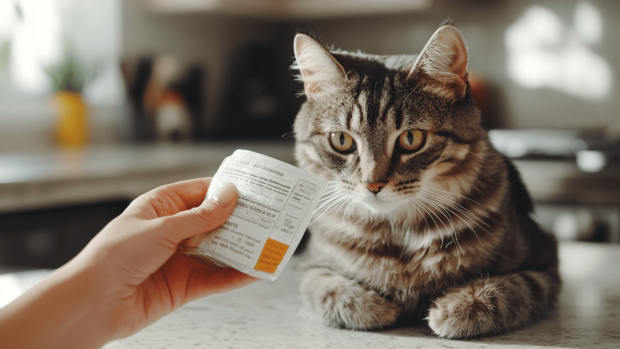
Reading a cat food label can feel overwhelming, but knowing what to look for makes it easier to spot foods that may harm your cat’s kidneys. Here are the key things to check:
Phosphorus per 100 kcal
For cats with kidney disease, phosphorus levels should stay low. A safe range is under 100 mg per 100 kcal.
Unfortunately, not all labels list this info. If it’s missing, check the brand’s website or contact customer support.
“Meat By-Product” vs “Chicken”
Words like “meat by-product” or “animal digest” are vague and often point to low-quality protein. These can make the kidneys work harder.
Look instead for named sources like chicken, turkey, or salmon—these are easier to digest and offer better nutrition.
Ingredient Order and Salt Levels
Ingredients are listed in order by weight. If salt, sodium nitrite, or phosphates are high on the list, that’s a red flag.
Also, avoid foods that list fish, liver, or organ meats in the top three ingredients, as they’re often high in phosphorus.
Better Alternatives to Consider
When managing kidney disease, switching to a food that supports kidney health can make a big difference. There are two types of renal-friendly options:
Prescription renal diets: Formulated by vets for cats with CKD.
Here’s a comparison of some well-known options:
| Brand & Product | Type | Phosphorus (mg/100 kcal) | Sodium (mg/100 kcal) | Protein Quality |
|---|---|---|---|---|
| Hill’s Prescription k/d | Prescription | ~70–90 | Low | High-quality chicken |
| Royal Canin Renal Support | Prescription | ~60–80 | Low | Moderate |
| Forza10 Nutraceutic Actiwet | Non-prescription | ~85 | Low | Clean, limited ingredients |
| Weruva TruLuxe Steak Frites | Non-prescription | ~105 | Moderate | Grass-fed beef |
| Blue Buffalo Natural Veterinary | Prescription | ~70 | Low | Named meats, no by-products |
Note: Always check the most recent nutritional info on the brand’s site or with your vet, as formulations can change.
Feeding your cat a renal-supportive diet may help them feel better, stay active, and slow the progression of kidney damage.
Homemade Food: Is it Safe?
Making your own cat food might seem like a healthy, budget-friendly option. But if your cat has kidney disease, you need to be extra careful. A homemade diet can be risky if it doesn’t meet your cat’s special needs.
Cats with kidney problems need:
- Low phosphorus
- Moderate, high-quality protein
- Low sodium
- Enough moisture
If you decide to try homemade food, talk to your vet first. A vet can help make sure the recipe is balanced and safe for your cat’s condition.
Safe Foods You Can Use in a Vet-Approved Homemade Diet:
- Lean meats: Cooked chicken, turkey, or rabbit (skinless and boneless)
- White rice or mashed potatoes: Easy to digest and gentle on the kidneys
- Egg whites: A great source of high-quality, low-phosphorus protein
- Pumpkin (plain): Adds fiber and helps digestion
- Small amounts of cooked carrots or green beans: Low in phosphorus
Foods to Avoid:
- Organ meats (like liver or kidney): Too high in phosphorus
- Fish (especially sardines, tuna): High in phosphorus and protein
- Bones or bone broth: Can contain too much phosphorus
- Salt or seasoning: Extra sodium stresses the kidneys
- Garlic and onions: Toxic to cats, even in small amounts
Homemade food can work when done right, but it’s not something to guess at. If you go this route, make sure you’re doing it with a vet’s guidance to keep your cat safe and healthy.
Final Tips for Protecting Your Cat’s Kidneys
Helping your cat live well with kidney disease isn’t just about choosing the right food. A few daily habits can make a big difference in how your cat feels.
Keep Your Cat Hydrated
Water helps the kidneys flush out waste. Cats with kidney issues are often dehydrated, so encourage drinking by:
- Placing water bowls in several spots
- Using a pet water fountain
- Adding water to wet food
Visit the Vet Regularly
Regular checkups help you catch changes early. Your vet can check kidney values, adjust medications, and recommend diet updates based on your cat’s stage of kidney disease.
Make Food Changes Slowly
If you’re switching your cat to a new food, do it gradually over 7–10 days. Sudden changes can upset their stomach or cause them to stop eating.
With the right care and support, many cats with kidney disease can still enjoy a good quality of life.
Conclusion
Now you know what to look out for when it comes to the worst cat food for kidney disease, from harmful ingredients to risky brands. You’ve also seen better options and tips to help protect your cat’s health.
Take a moment to check your cat’s food label and talk to your vet about any changes. Even small swaps can make a big difference over time.
Remember, keeping your cat hydrated, sticking to routine checkups, and easing into food changes can help manage kidney disease better.
Want to keep learning how to care for your cat’s health? Check out our other posts for more simple, vet-backed advice.

